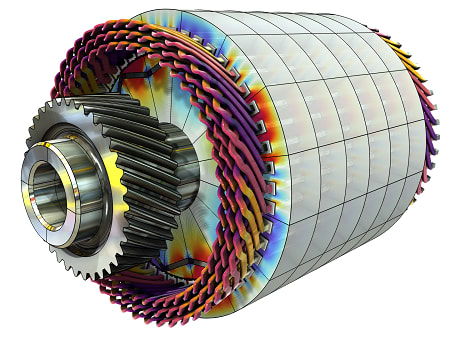cpdpeckh
Mechanical
- Apr 10, 2001
- 14
When is ordinate dimensioning appropriate and when is it inappropriate?
My initial throughts are:
APPROPRIATE USE:
-Flat plate
-Single horizontal origin and single vertical origin
-?
INNAPROPRIATE USE:
-Hole patterns
-?
Please offer your thoughts.
Don
My initial throughts are:
APPROPRIATE USE:
-Flat plate
-Single horizontal origin and single vertical origin
-?
INNAPROPRIATE USE:
-Hole patterns
-?
Please offer your thoughts.
Don





![[bat] [bat] [bat]](/data/assets/smilies/bat.gif)